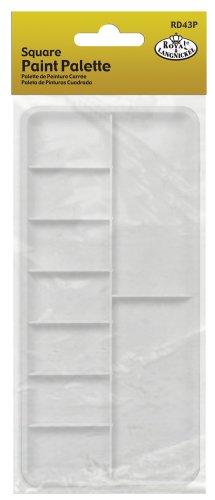The meaning and importance of color palettes
Color palettes play a crucial role in various fields, such as graphic design, interior decorating, and website development. A color palette is a collection of hues and tones that are carefully selected to evoke specific emotions, create a harmonious visual composition, and convey a particular message. Different types of color palettes are used to achieve different effects and can greatly impact the overall aesthetic and success of a project.
Monochromatic color palettes
Monochromatic color palettes are composed of different shades and tones of a single color. This type of color palette offers a clean and simplistic look, as the hues are all derived from the same base color. Monochromatic palettes are easy to work with and can create a sense of unity and cohesion in a design. They can be used to create a calming atmosphere and are often chosen for minimalistic and modern designs.
Analogous color palettes
Analogous color palettes consist of colors that are adjacent to each other on the color wheel. This type of color palette creates a sense of harmony and balance as the selected colors share a similar hue. Analogous palettes are commonly used in designs that aim to convey natural or soothing vibes. For example, a palette made up of shades of blue and green can be used to evoke a sense of calmness, serenity, and connection to nature.
Complementary color palettes
Complementary color palettes involve using colors that are opposite each other on the color wheel. This type of color palette creates a strong visual contrast and can be used to make certain elements stand out. Complementary colors intensify each other when placed side by side, creating a vibrant and dynamic effect. They can be used to create a bold and striking design, but it’s important to use them sparingly to avoid overwhelming the viewer.
Triadic color palettes
Triadic color palettes consist of three colors that are evenly spaced around the color wheel. By selecting three colors that form an equilateral triangle, designers can create a visually appealing and balanced composition. Triadic color palettes offer a lot of versatility and can be used to create contrasting and eye-catching designs. However, it’s essential to ensure that the three chosen colors work well together to avoid creating visual discord.
Neutral color palettes
Neutral color palettes are composed of colors that are not found on the color wheel, such as black, white, gray, and brown. These colors are often considered to be neutral or non-dominant and are commonly used as a background or base in designs. Neutral color palettes provide a sense of stability, sophistication, and elegance. They are versatile and can be combined with other color palettes to create a balanced and harmonious design.






